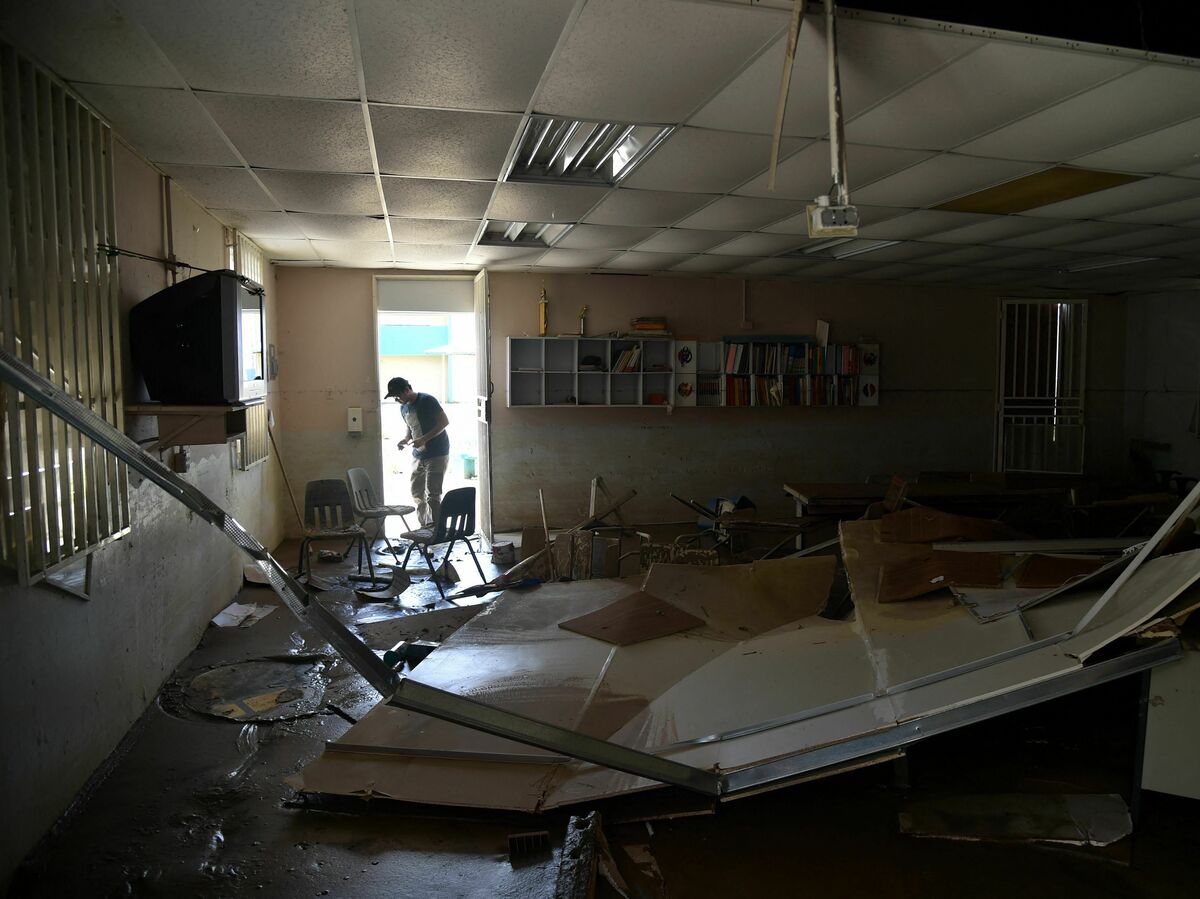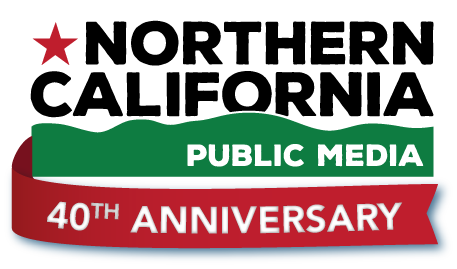
View of a damaged classroom in a school in Toa Baja, on October 2, 2017. Hector Retamal/AFP via Getty Images hide caption

View of a damaged classroom in a school in Toa Baja, on October 2, 2017.
Hector Retamal/AFP via Getty ImagesPuerto Rico has seen a string of natural disasters in the past few years – hurricanes, earthquakes, floods, and landslides. When COVID-19 hit in 2020, things got even worse.
These disasters have taken a heavy toll on student mental health. They've disrupted everyday life - including school. That disruption has seriously impacted educational outcomes for kids and teens on the island.
The Nation's Report Card shows that more than one-third of fourth graders overall in the U.S are considered proficient or better in math.
In Puerto Rico, that number rounds out to zero. Children on the island have worse outcomes when it comes to graduation rates, and reading scores continue to decline.
Reporter Kavitha Cardoza traveled to Puerto Rico to learn how students and teachers cope.
Email us at
This episode was produced by Lauren Migaki and Brianna Scott. It was edited by Nicole Cohen and Jeanette Woods. Our executive producer is Sami Yenigun.

 Live Radio
Live Radio